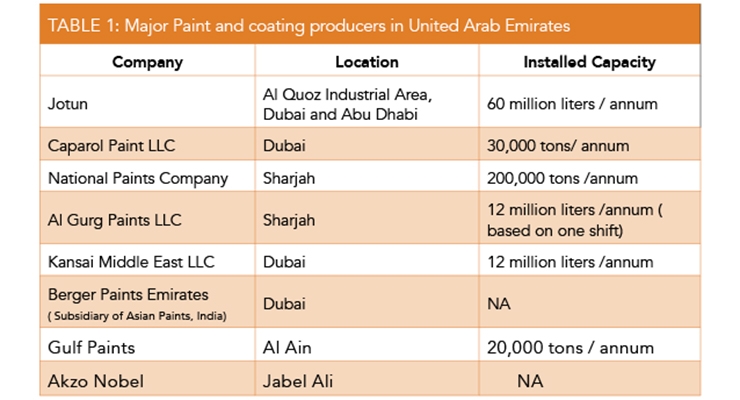Check Out The Role Of Seasonal Consider The Success Of Business External Paint And Discover The Very Best Times To Secure Long-Term Results For Your Job
Check Out The Role Of Seasonal Consider The Success Of Business External Paint And Discover The Very Best Times To Secure Long-Term Results For Your Job
Blog Article
Web Content Author-Aguilar Rodriquez
When you're planning a business exterior paint job, seasonal elements can make or damage your outcomes. You'll wish to think about just how temperature and humidity impact paint application and drying times. Picking the best season can guarantee your paint adheres appropriately and lasts much longer. But which seasons are absolutely the best for this kind of job? Let's explore the crucial elements that can affect your project's success.
The Influence of Temperature on Paint Application
When you're planning an industrial outside painting project, the temperature level can significantly impact just how well the paint sticks and dries.
Ideally, you want to paint when temperature levels range between 50 ° F and 85 ° F. If it's too chilly, the paint might not heal properly, resulting in concerns like peeling or breaking.
On the other hand, if it's as well hot, the paint can dry also swiftly, avoiding proper adhesion and resulting in an irregular coating.
You must likewise consider the time of day; morning or late afternoon provides cooler temperature levels, which can be a lot more positive.
Constantly inspect the supplier's suggestions for the specific paint you're making use of, as they often offer assistance on the optimal temperature array for optimal results.
Humidity and Its Impact on Drying Times
Temperature level isn't the only ecological aspect that influences your industrial outside painting task; humidity plays a considerable function too. High moisture levels can decrease drying times significantly, affecting the general quality of your paint work.
When the air is filled with wetness, the paint takes longer to treat, which can lead to concerns like inadequate attachment and a higher danger of mold development. If you're repainting on a particularly humid day, be prepared for extended wait times in between coats.
house painters exterior to keep an eye on regional weather conditions and strategy accordingly. Preferably, aim for moisture levels between 40% and 70% for optimal drying.
Maintaining these factors in mind ensures your job remains on track and delivers an enduring coating.
Best Seasons for Commercial Exterior Painting Projects
What's the very best time of year for your business external paint jobs?
https://interior-home-painters-ne21086.bloggosite.com/41260657/picking-the-right-home-painters-unlocking-the-keys-to-a-stunning-home-makeover and very early autumn are generally your best options. Throughout these periods, temperatures are moderate, and humidity degrees are often reduced, creating optimal conditions for paint application and drying.
Avoid summer's intense heat, which can create paint to dry also promptly, bring about inadequate adhesion and coating. Similarly, winter season's chilly temperature levels can hinder proper drying and treating, taking the chance of the longevity of your paint work.
https://www.bhg.com/news/paint-color-personality/ for days with temperature levels in between 50 ° F and 85 ° F for ideal results. Remember to examine the regional weather forecast for rainfall, as wet conditions can wreck your project.
Planning around these elements guarantees your paint task runs smoothly and lasts longer.
Final thought
In conclusion, preparing your business external paint jobs around seasonal factors to consider can make a significant distinction in the result. By organizing work throughout the perfect temperature levels and moisture degrees, you'll make sure far better adhesion and drying times. Bear in mind to watch on regional weather report and pick the correct time of year-- springtime and very early autumn are your best options. Taking these actions will help you accomplish a resilient and specialist coating that lasts.
